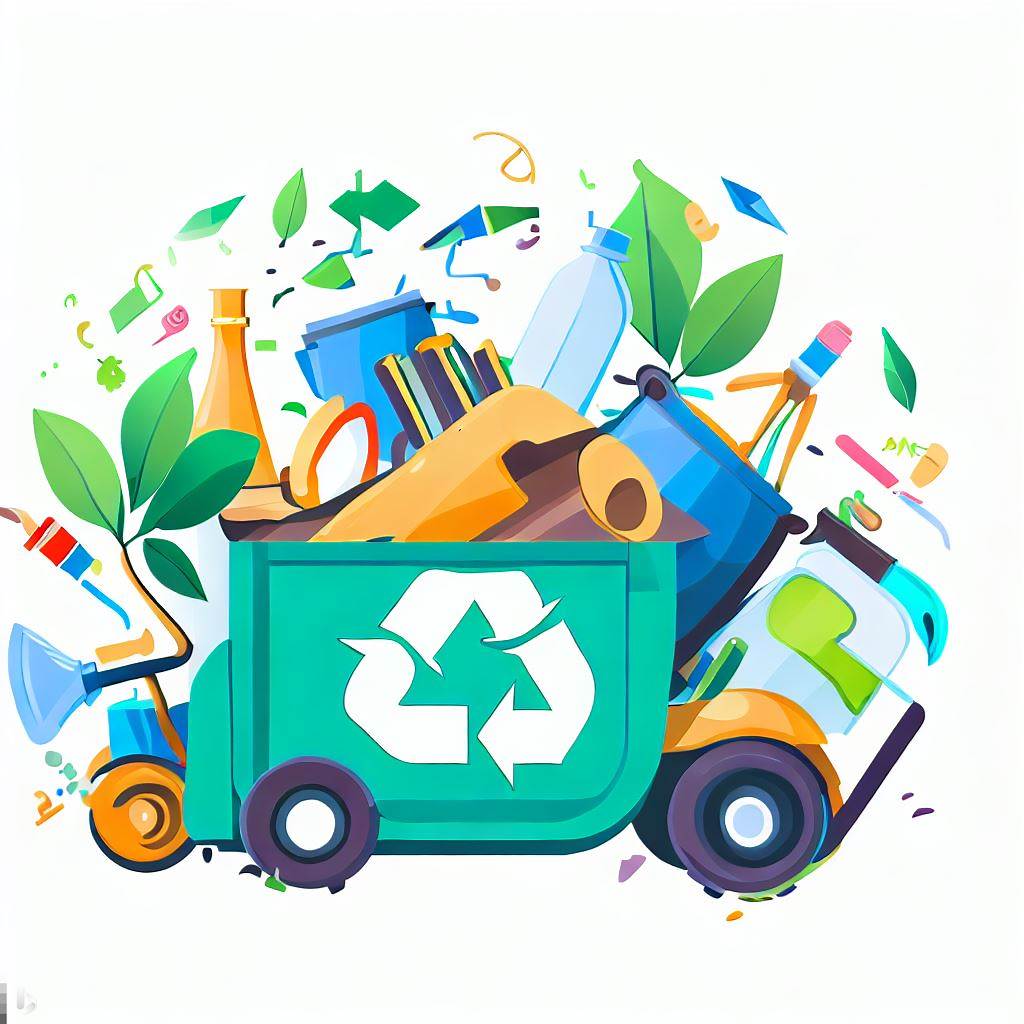
Contents
Introduction
The regulation of waste-to-energy technologies is of utmost importance in today’s world due to the increasing global waste generation and the need for sustainable waste management solutions. Understanding the challenges and opportunities in regulating waste-to-energy technologies is crucial for addressing environmental and social concerns.
Historical Background
Waste-to-energy technologies have evolved significantly over time, from simple incineration methods to more advanced combustion and gasification technologies. However, historical attempts to regulate these technologies have been limited and insufficient in addressing environmental and social concerns.
Key Concepts and Definitions
To gain a comprehensive understanding of waste-to-energy technologies, it is essential to define and classify them accordingly. The main types of waste-to-energy technologies include incineration, gasification, and anaerobic digestion. These technologies have varying environmental and social impacts, which must be considered when formulating regulatory frameworks and policies.
Main Discussion Points
Environmental and Health Impacts of Waste-to-Energy Technologies
One of the primary concerns surrounding waste-to-energy technologies is their potential for air pollution emissions. Regulatory measures have been implemented to monitor and control these emissions, ensuring compliance with strict standards. Waste management and disposal practices are also crucial considerations to mitigate any adverse impacts on the environment. Additionally, public health concerns and monitoring protocols contribute to the comprehensive regulation of waste-to-energy technologies.
Economic and Social Opportunities of Waste-to-Energy Technologies
Waste-to-energy technologies offer economic benefits through job creation and resource recovery. By converting waste into energy, these technologies contribute to the circular economy principles of reducing waste and maximizing resource utilization. Moreover, energy generation from waste-to-energy aligns with renewable energy targets, promoting a sustainable energy mix.
Technological Advancements and Innovations
Advancements in combustion and gasification technologies have improved the efficiency and environmental performance of waste-to-energy processes. Integrating waste-to-energy technologies with other sustainable solutions, such as solar or wind power, further enhances their overall impact. There is also potential for decentralized or community-based waste-to-energy systems, allowing for localized waste management and energy generation.
Case Studies or Examples
Successful regulatory frameworks in countries like Germany and Sweden serve as excellent examples of effective waste-to-energy regulation. These countries have implemented comprehensive policies that address environmental concerns while promoting the economic benefits of waste-to-energy technologies. On the other hand, countries with developing waste-to-energy infrastructure face unique challenges in formulating appropriate regulatory approaches.
Current Trends or Developments
The increasing adoption of advanced emissions control technologies is a prominent trend in the regulation of waste-to-energy. This ensures that air pollution emissions are minimized, meeting stringent standards. Furthermore, integrating waste-to-energy technologies in the circular economy concept highlights the importance of waste reduction and resource recovery. Research and innovation in waste reduction and separation technologies enhance the overall efficiency of waste-to-energy processes.
Challenges or Controversies
Public acceptance and NIMBY (Not In My Backyard) opposition pose significant challenges in the regulation of waste-to-energy technologies. Overcoming the perception of waste-to-energy facilities as potential health hazards requires effective communication and stakeholder engagement. Additionally, the variability in waste composition and calorific values makes it challenging to establish consistent regulations. Balancing environmental objectives with economic viability is another controversy faced in waste-to-energy regulation.
Future Outlook
The future of waste-to-energy regulation points towards stricter regulations and emission standards. With a growing emphasis on sustainability, there will be increased focus on waste reduction and recycling strategies. Exploration of emerging waste-to-energy technologies like anaerobic digestion holds promise for further advancements in the field.
Conclusion
The effective regulation of waste-to-energy technologies is crucial for sustainable waste management and energy generation. By balancing environmental considerations with economic opportunities, we can ensure the successful implementation of waste-to-energy solutions. It is imperative to continuously evaluate and improve regulatory frameworks to maximize the benefits and minimize the drawbacks of waste-to-energy technologies.